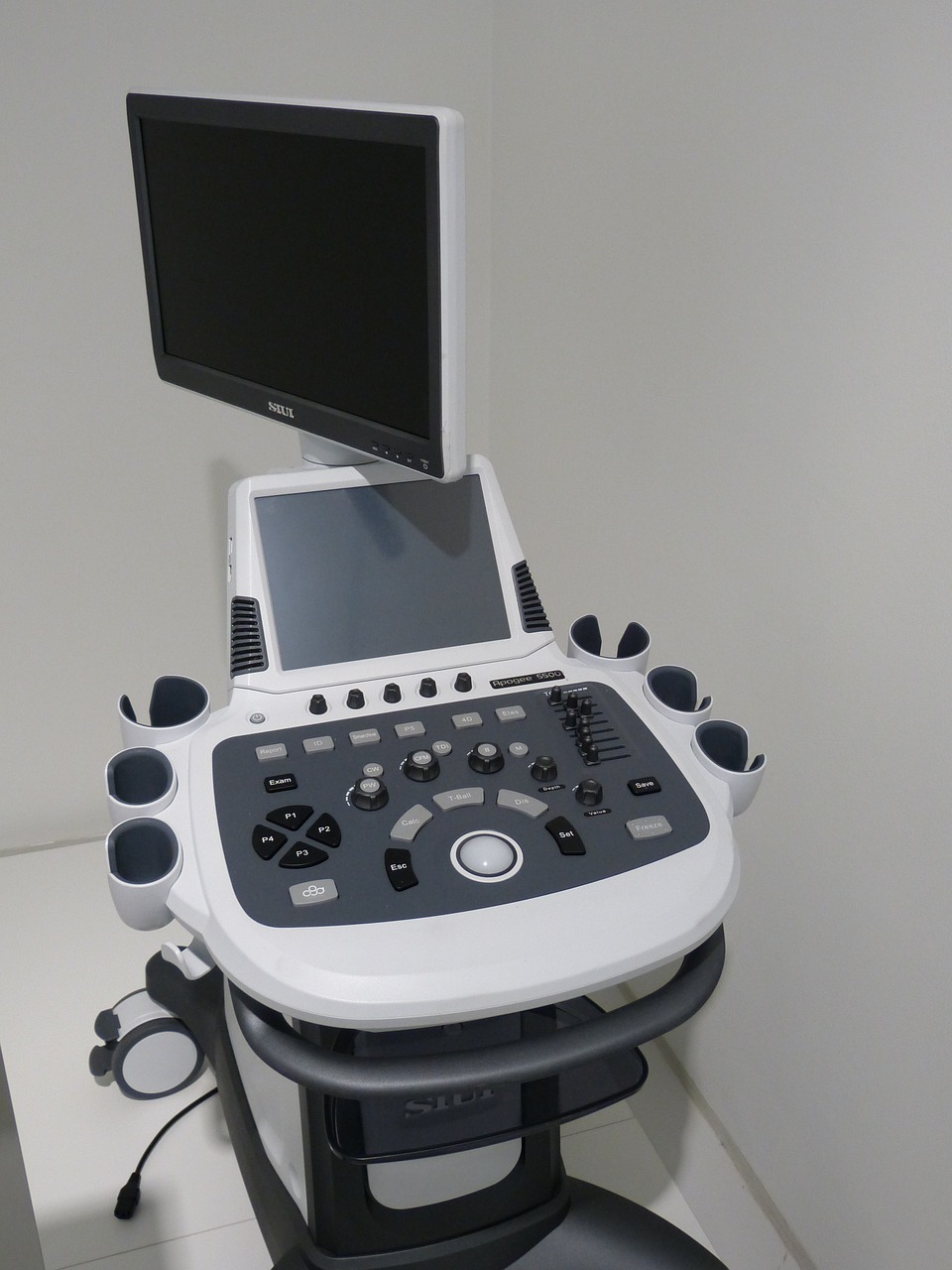
Question:
Hi! I was wondering what source you would recommend as the best to teach ultrasound to radiology residents?
Thank you!!

Hi! I was wondering what source you would recommend as the best to teach ultrasound to radiology residents?
Thank you!!

Let’s face it. For some of us, radiology and video games go together like other classic combinations such as peanut butter and jelly or bread and butter. In the radiology profession, these games have enticed many of us since we were young. And, I think it has something to do with our love for technology. Even I enjoy playing an occasional video game on the Nintendo console we bought for the kids. But do they serve a role for the radiologist in training? What are some of the evidence that they may help with brain function? Finally, do they enhance radiology practice in a radiologist’s career? In today’s piece, I will investigate some of these burning questions.
So, what evidence can we use video games to learn radiology? Well, let’s look at two articles that I found. One of these articles explicitly gives an example of a specific video game dedicated to radiology learning. The other indirectly provides evidence that we can learn radiology with video games.
In one case, I found an article that showed a video about a game developed at a Spanish university meant to teach radiology to physicians called Medgame. (1) At least from the video, it seems to be an enticing and possible alternative way to learn the basics of radiology. For those who love playing, I imagine a video game like this would be a great way to learn new material and reinforce radiological concepts. (If only I had something like this when I was a resident!) Although I can’t say that I have played the game, I would be interested in getting feedback on it.
More indirectly supporting the average video game player, another article from 2013 in the Journal of Molecular Psychiatry shows that you can alter the structure of your brain by playing video games. They claim several sites of increased gray matter thickness in those that played Super Mario 64. Moreover, they also espouse the potential for the increased gray matter to help with PTSD, Alzheimer’s disease, and schizophrenia. (2) In my mind, the increased gray matter should translate to increased neural complexity and networks, likely related to increased learning.
More than just learning, some evidence supports increased brain function in video game users. In one article, I found some interesting information about how video games improve brain function in patients with multiple sclerosis. It describes increased thalamic connectivity in patients that played a particular video game. (3) Another study also showed that manual dexterity improved in more heavy video game users than young adults who did not play and those who played less often. Both of these articles provide some supportive evidence of the power of video games to enhance brain function.
And then other articles have shown that technologies created for video games also have been found helpful in radiological applications. Thereby, these applications also have significantly improved patient care. One of these motion sensor technologies from an Xbox specifically reduces radiation dosages in X-rays by assessing motion and thickness. (4) Even back in 2008, Microsoft programmers created 3D technologies for video games that subsequently applied to radiology. (6)
These video game technologies are merely the tip of the iceberg. With so much recent virtual reality development for video game users and the great graphics technologies on current games, I believe the applications will become much more numerous. We will see many other applications from video games that improve patient care.
With any discussion of video games, we also have to discuss the downside. I don’t know about you. But, when I get into playing an addictive one, it can interfere with other “life activities.” You want to know what will happen next and can easily sit down for hours at a time, passing the time without realizing you have been playing for so long. So, the individual radiologist video gamer must carefully monitor their gameplay usage. However, this situation may not be so bad if the game provides a significant radiological education benefit.
And then, we also need to confirm that video games created to enhance radiology performance do just that. Sometimes at the beginning, creators of products will tout the benefits of technology without evidence to support whether or not it helps. So, we need to justify that these video games truly enhance performance with an evidence base before making claims that the technology improves radiology and healthcare.
In this whirlwind tour through the world of video games and the potential applications to radiology, I believe the preponderance of evidence supports that they will enhance our lives as radiologists. Some of the takeaways include that they can enhance education, may improve brain function, and will continue to improve radiology practice for years to come. These benefits come with limited downsides that I think we can overcome. Nevertheless, the application of video games to radiology is far-reaching. We only need a bit of imagination and the willingness to adapt to new technologies for the betterment of our field.
(1) https://healthmanagement.org/c/imaging/news/mir-2015-learning-radiology-through-computer-games
(2) http://www.nature.com/articles/mp2013120
(3) https://press.rsna.org/timssnet/media/pressReleases/14_pr_target.cfm?ID=1879
(4) https://www.auntminnie.com/index.aspx?sec=ser&sub=def&pag=dis&ItemID=118512
(6) http://www.digitaljournal.com/article/258548

Join our mailing list for free to receive weekly articles and advice on how to succeed in radiology residency, the best ways to apply, how to have a successful radiology career, and more. Also, get a copy of the free ebook Called The New Attending Physician Guidebook: How To Search For The Right Job And What To Do Once You Start.